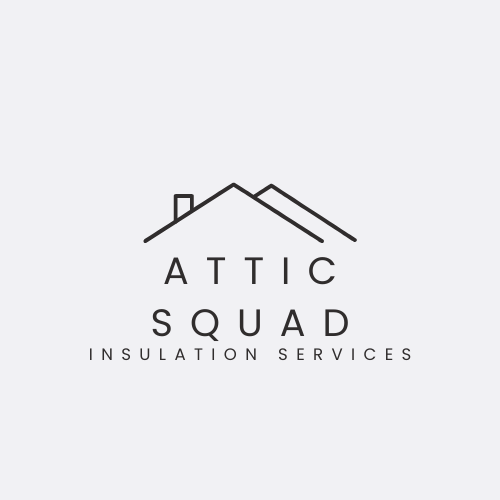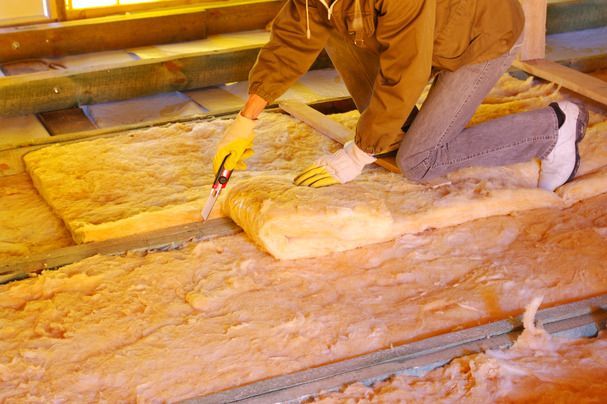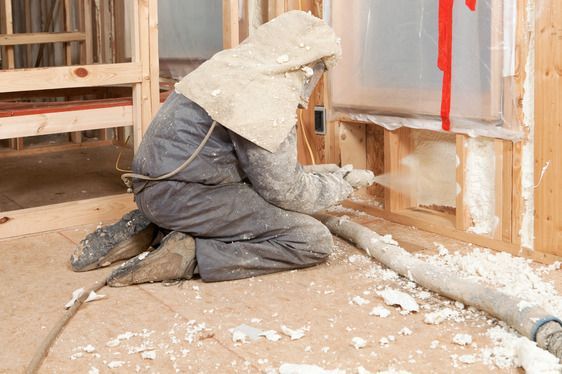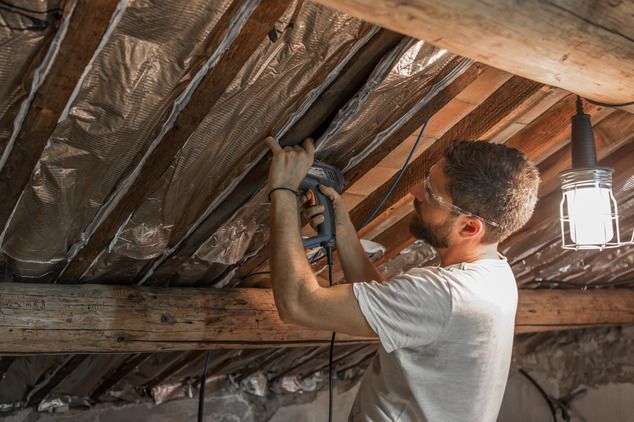How Old Attic Insulation Impacts Indoor Air Quality: Attic Squad Insulation Services Explains the Health Risks for Pasadena Homeowners
Learn how aging attic insulation affects your Pasadena home’s air quality — and what to do about it.
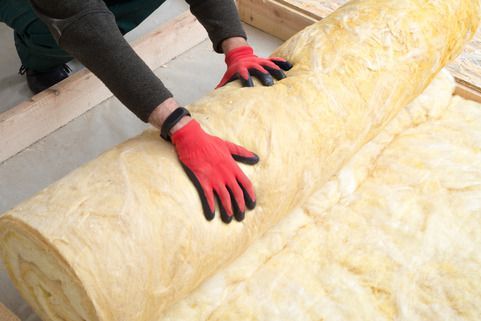
Your home's attic insulation plays a crucial role in keeping indoor air healthy and comfortable. Yet many Pasadena homeowners overlook the connection between insulation and air quality. As insulation ages, it can trap dust, allergens, and moisture — all of which affect the air you breathe every day.
Old or deteriorated attic insulation can become a breeding ground for mold, dust mites, and bacteria. Once this happens, those particles circulate through your HVAC system and throughout your home. In Pasadena’s fluctuating climate, heat and moisture accelerate this process, creating the perfect conditions for contamination.
Understanding how your attic insulation impacts indoor air quality helps you decide when it’s time for replacement — protecting both your home and your family’s health.
Key Takeaways
- Aging attic insulation can harbor dust, mold, and allergens that impact indoor air quality.
- Moisture buildup promotes bacteria and mold growth.
- Replacing insulation and sealing air leaks improve comfort, air quality, and efficiency.
Understanding the Link Between Old Attic Insulation and Air Quality
As attic insulation ages, it releases fibers and particles into your home’s air system. Over time, materials like fiberglass, cellulose, or foam break down and lose their ability to block pollutants.
Common causes include:
- Fiberglass shedding microscopic glass fibers after 15–20 years.
- Cellulose absorbing moisture and harboring pests.
- Foam insulation off-gassing chemicals as it deteriorates.
Rodents often make the problem worse. Droppings and urine contaminate insulation and introduce harmful bacteria that circulate with your home’s airflow.
Signs Your Attic Insulation Is Affecting Your Health
Your body often gives early warnings that your insulation is past its prime.
Physical Symptoms:
- Coughing or throat irritation
- Worsened allergies or asthma
- Headaches, fatigue, or skin irritation
Environmental Clues:
- Musty odors near vents
- Excess dust despite cleaning
- Unexplained spikes in energy bills
If these issues improve when you’re away from home, your attic insulation could be the source.
Common Problems in Pasadena Homes
1. Moldy Attic Insulation
Pasadena’s warm days and cool nights cause condensation inside attics. Once moisture gets into insulation, mold spores form quickly — especially in fiberglass and cellulose. These spores spread through your HVAC system and trigger allergies or respiratory issues.
2. Pest Contamination
Rodents, birds, and insects often nest in old insulation. Their droppings, urine, and nesting debris contaminate the material and release harmful bacteria like Hantavirus or Salmonella. Contaminated insulation must be fully replaced.
3. Dust and Allergen Build-Up
Older insulation becomes a permanent dust filter that never gets cleaned. Over the years, it traps:
- Dust mites
- Pollen
- Pet dander
- Fabric fibers
These allergens circulate through the home and aggravate asthma and sinus problems.
How Old Insulation Affects Comfort and Efficiency
Old insulation not only impacts health but also your utility bills. Compressed or dirty insulation loses its ability to regulate temperature, causing your HVAC system to run longer and harder.
Replacing insulation restores proper air sealing and helps keep temperatures consistent throughout your home. New materials also include antimicrobial treatments that resist mold and bacteria.
Added benefits:
ComponentBenefitAir sealingBlocks contaminated air infiltrationVapor barriersPrevents moisture that feeds moldFresh insulationRemoves years of built-up allergens
When to Replace Old Insulation
Watch for these signs that your attic insulation needs professional attention:
- Visible mold or water stains
- Pest activity or droppings
- Aged or discolored material
- Rising energy costs
- Uneven room temperatures
If your insulation is over 15–20 years old, it’s likely past its effective lifespan. A professional inspection from Attic Squad Insulation can confirm whether replacement is needed.
Safe Removal and Cleaning
Contaminated insulation must be removed safely to protect your health. Professionals use protective equipment and HEPA vacuums to remove materials without releasing particles into the air.
Steps in our process:
- Containment and air sealing to isolate the attic.
- Complete insulation removal and debris disposal.
- Sanitizing and deodorizing affected areas.
- Installing new, high-efficiency insulation.
After cleanup, sealing air leaks and ensuring proper ventilation helps maintain a healthy attic environment.
Why Choose Attic Squad Insulation Services
Attic Squad Insulation offers professional attic cleaning, decontamination, and insulation replacement throughout Pasadena and surrounding cities. We remove dust, mold, and pest-contaminated insulation using commercial-grade HEPA systems.
Our services include:
- Full insulation removal and replacement
- Attic cleaning and sanitization
- Rodent-proofing and air sealing
- Free inspections and estimates
We use only energy-efficient materials designed for Pasadena’s climate to improve both air quality and home comfort.
Conclusion
Old attic insulation directly impacts your indoor air quality. It traps allergens, moisture, and bacteria that circulate through your home’s air system.
Replacing outdated insulation:
- Improves respiratory health
- Reduces allergens and odors
- Enhances energy efficiency
- Restores clean, fresh air in your home
Don’t wait for your allergies to get worse. Contact Attic Squad Insulation today for a free attic inspection and find out how clean, new insulation can make your home safer and more comfortable.
FAQ
How does old insulation cause poor air quality?
Aged insulation releases fibers and traps moisture, promoting mold and bacteria growth that spread through your HVAC system.
What are the signs my attic insulation is affecting air quality?
Persistent dust, musty odors, or worsening allergies often indicate contaminated insulation.
Should old insulation be removed before adding new material?
Yes — especially if it’s wet, moldy, or pest-infested. Contaminated material must be removed to prevent ongoing air pollution.
How often should attic insulation be inspected?
Every 10–15 years, or sooner if you notice moisture, pests, or rising energy bills.
Can new insulation improve indoor air quality?
Absolutely. Modern insulation materials resist moisture, reduce allergens, and help your HVAC system filter air more efficiently.
